Redefining human origins research and those who do it
Ga-Mohana Hill is known to locals as an important place on the South African landscape. But researchers hadn’t identified the significance of its archaeology. Until now.
In new research published in the Journal of Paleolithic Archaeology, HERI Executive Member Dr Jayne Wilkins leads a team to reveal artefacts from Ga-Mohana date as far back as 105,000 years ago.
The work not only challenges theories about where our species originated, it also puts archaeological focus squarely in South Africa’s Kalahari. This, says Wilkins, provides a much-needed push to reframe how we think about human evolution and where researchers look for clues.
“A lot of the high-impact archaeological research on the emergence of Homo sapiens leaves this part of Africa out of their narratives. But there is an immensely rich record of early human behaviour in the Kalahari – archaeologists must just work a little harder to find it,” she says.
However, that means challenging one of the main ideas about human origins. “One dominant theory says that the special features of coastal environments led to the emergence of our species. The other theory says our emergence was a pan-African process that involved human ancestors across the continent and not in one specific place,” she says.
“It will always look like the first option if we only look at coastal sites.”
Indeed, well preserved rock shelters are not commonly found in the deep interior of South Africa. “Fortunately, Ga-Mohana preserves archaeological deposits from the right time period (105,000 years ago) that can help us investigate such questions,” she says.
Ga-Mohana is used by people either linked to indigenous local spiritual practices or practices from other religions. According to Dr Sechaba Maape, a senior lecturer at the Wits School of Architecture and Planning, who has researched the site extensively, it is also a place of interest for young people wanting to reconnect with their culture.
"Its isolated and hidden location, lack of infrastructure and mythical stories about it make Ga-Mahona significant to various community members," he says.
"This means some form of protection for the place both from a physical as well as a cultural perspective need to be considered, and research carried out needs to be sensitive to its different forms of value.”
Wilkins’ research doesn’t just drive home Ga-Mohana’s significance. It also serves as a reminder of the rich cultural heritage in South Africa, something the world should recognise.
“Most of what the world knows about the earliest humans and the origins of culture, language and innovation comes from South Africa,” says Wilkins, who is currently an ARC DECRA Research Fellow at the Australian Research Centre for Human Evolution at Griffith University, Australia.
“It’s important for everyone take notice because this is about the origins of all of us, of all of humanity.”
The diversity of the team that carried out this research only strengthens its significance. The work is the culmination of international collaboration between nine different institutions in five countries.
Joining those researchers were two UCT graduates, Simangaliso Makalima and Amy Hatton, who are also co-authors on the paper. Over two dozen other university students also assisted as volunteer excavators and laboratory assistants.
“Working in such a diverse team resulted in a wide range of ideas and viewpoints. The environment Jayne created allowed for these ideas to be shared freely and openly,” says Hatton.
Being able to lead such a team was a job Wilkins recognised as meaningful and rare. Especially in a field where an Indiana Jones-like stereotype dominates.
“I’m fully aware that I’m a woman who doesn’t fit the typical archaeologist stereotype,” she says.
“But I love what I do and it’s a big honour to have this opportunity to research human evolution, train the next generation of archaeologists and scientists, and to positively impact the lives of South African students,” she says.
If this research gets us only one step closer to understanding human origins, the project itself can help reshape how future research is carried out. And that might make all the difference in a field that has a well-known problem with diversity.
“Actively making sure your team is as diverse as possible is beneficial for everyone. And not just the scientists – everyone else notices too, other research teams, other stakeholders, the local communities,” says HERI Director Dr Robyn Pickering, who is a co-author on the paper.
“Changing the perception of who can do this work by changing who is doing it, is a vital first step.”
